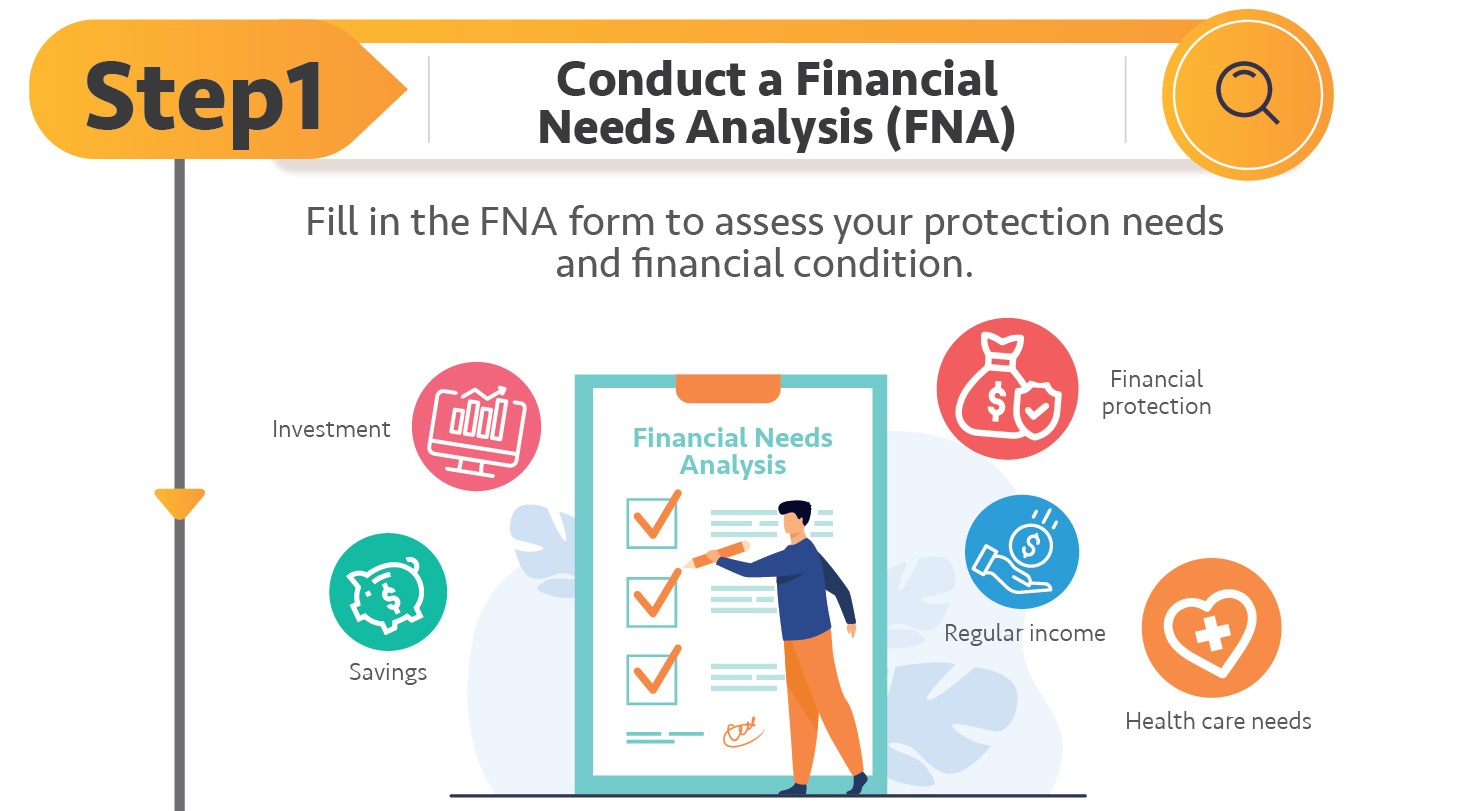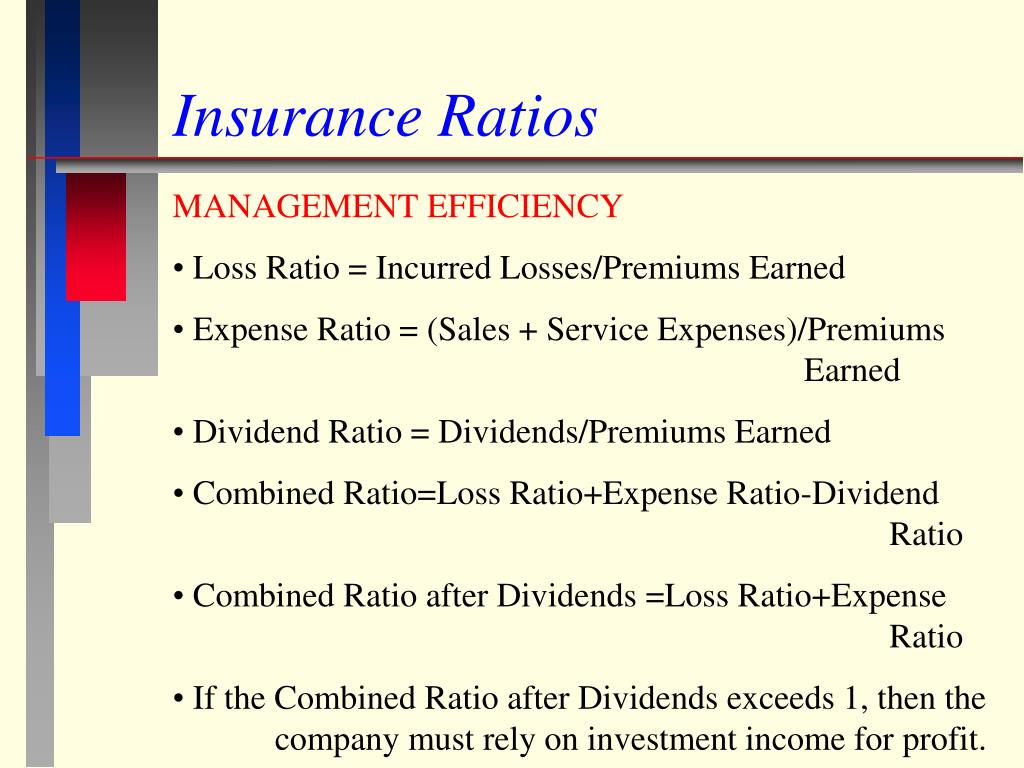When purchasing a participating insurance policy, you might have noticed illustrations showing potential future benefits that include both guaranteed and non-guaranteed components. But have you ever wondered how accurately insurers actually deliver on those non-guaranteed benefit projections? Enter the fulfillment ratio—a transparent metric designed to help policyholders understand an insurer’s historical performance.
Non-guaranteed benefits, typically in the form of dividends or bonuses, allow policyholders to share in the profits generated by an insurance product. Unlike guaranteed benefits that remain fixed, these benefits fluctuate based on the insurer’s participating fund performance. At policy purchase, insurers provide benefit illustrations projecting potential future amounts, but these are just estimates—not promises.
To provide clarity, regulatory guidelines now require insurers to publish a fulfillment ratio for participating policies issued since 2010. This ratio serves as a performance indicator, comparing the actual accumulated non-guaranteed benefits paid out against the originally illustrated amounts.
The calculation is straightforward: divide the aggregate actual accumulated non-guaranteed benefits by the aggregate illustrated benefits at the point of sale. A ratio near 100% suggests the insurer’s payouts closely match initial projections. A ratio above 100% means benefits exceeded illustrations, while below 100% indicates lower-than-projected benefits.

Interestingly, insurers disclose fulfillment ratios for three distinct benefit types, each with unique calculation nuances:
- Annual Dividends: Typically declared yearly and potentially left to accumulate interest. The fulfillment ratio includes both accumulated dividends and any interest earned, assuming all dividends were retained with the insurer.

- Reversionary Bonuses: Once declared, these permanently increase the policy’s sum assured. However, the calculation focuses on the cash value if the policy terminates early, which is usually less than the face value.
- Terminal Dividends or Bonuses: One-off benefits payable only upon policy termination like death, surrender, or maturity. The fulfillment ratio reflects the actual payout amount for policies terminating during the reporting year.

Accessing this information is relatively simple. Insurers must publish their fulfillment ratios on their official websites, often with industry bodies or regulators providing centralized access. When reviewing these figures, consider a few strategic approaches:
First, look for ratios of product series similar to your policy. While direct comparisons between different insurers can be complex due to varying product designs and investment strategies, you can gain meaningful insights by examining a specific product series across multiple years.
This approach helps you understand an insurer’s consistency in meeting non-guaranteed benefit projections. A stable fulfillment ratio over time suggests reliable performance, while significant fluctuations might warrant closer examination.
Remember, the fulfillment ratio is an aggregate measure reflecting group performance, not individual policy outcomes. It provides a historical perspective that can help manage expectations about the non-guaranteed components of participating policies.
By understanding the fulfillment ratio—how it’s calculated, what it represents, and where to find it—you’re better equipped to make informed decisions about your insurance investments. It’s a powerful tool for transparency, allowing policyholders to peek behind the curtain of insurance product performance.












